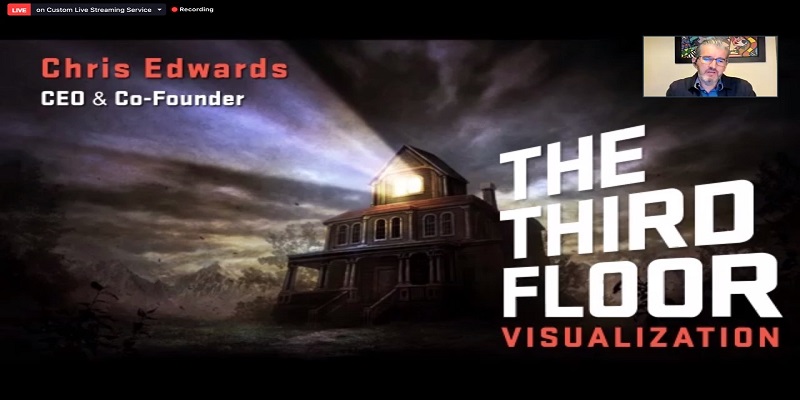
The virtual VFX and More (VAM) Summit organised by Animation Xpress India, witnessed an insightful masterclass on ‘The past, present and future of visualisation’ by The Third Floor CEO and cofounder Chris Edwards where he threw light on the art of previsualisation.
Delving into the history and future of previz, he tracked his journey of using the virtual world to imagine, plan and problem-solve. He shared that this potent tool is applicable to a broad range of content ranging from films to television to games to themed attractions.
The advantage of previsualisation is that it allows a director, cinematographer and VFX Supervisor to experiment with different staging and art direction options—such as lighting, camera placement and movement, stage direction and editing—without having to incur the costs of actual production.
On larger budgets and big-ticket projects, the directors work with actors in the visual effects department or dedicated rooms.
Pre-visualisations involves music, sound effects and dialogue to closely emulate the look of a fully produced and edited sequences, and are mostly encountered in scenes that involve stunts and special effects (such as chroma key).
Digital video, photography, hand-drawn art, clip art and 3D animation combine in use. Building on that tangent, Edward dived deep into the history of previsualisation; where he shared how in the early days the earliest forms of pre-visualisation was storyboarding, illustrating some of the classic examples including the daunting shower scene of Alfred Hitchcock’s movie Psycho from 1960 which was later titled as one of the scariest movies of the era and every shot of the shower scene was storyboarded so tightly that the censor board could not find a single reason to stop the release.
Later filmmakers in 1983 used video clips of toys instead of pen and paper to plan out different shots. In 1986, computer graphics were available in high quality, especially in the movie Tron.
He cited examples of some of the earliest previz work where filmmakers needed to do sequence with two primary actors holding hands and flying over a theme park; this was the most accurate depiction of what the camera could see with the actual lens and over time computers got more and more powerful. It was George Lucas who used previsualisation extensively in Star Wars Episode 1 where he showed what they have created in the pre-viz and everything was manufactured by the team.
He further shared that they started the company in 2004 and now they have grown into a global company, partnering with their clients in locations like South Africa, Ireland, Australia and Canada. Their aim is to bring the director’s vision come to life.
He spoke about lending his pre-visualisation expertise for Robot 2.0 . Edwards shared, “It is very important to understand what the directors want to achieve so that they could get the actual depiction of that and show it to the entire crew.”
He shared how he created a clear vision in the form of animatics for the filmmakers in advance so that they could feel very comfortable before they transformed that early vision into final visual effects.
Demonstrating how previsualisation process eases the workflow, he shared that there are various parts in the previsualisation process which includes storyboard, animatrics, world-building, virtual tech scout, mocap, virtual camera, tech-vis, simulcam, postvis and editorial.
Previsualisation has the potential to save a ton of money and today Third floor’s previz is also used as an initial pitch for projects. Marvel studios crew have embraced previsualisation process and leveraged it to its full potential.
Overall the masterclass literally smashed the ice and dived deeper into the nuts and bolts of the craft which is now vastly used in popular VFX movies, TV series including Avengers’ End Game, Game of Thrones, Mandalorian and more.